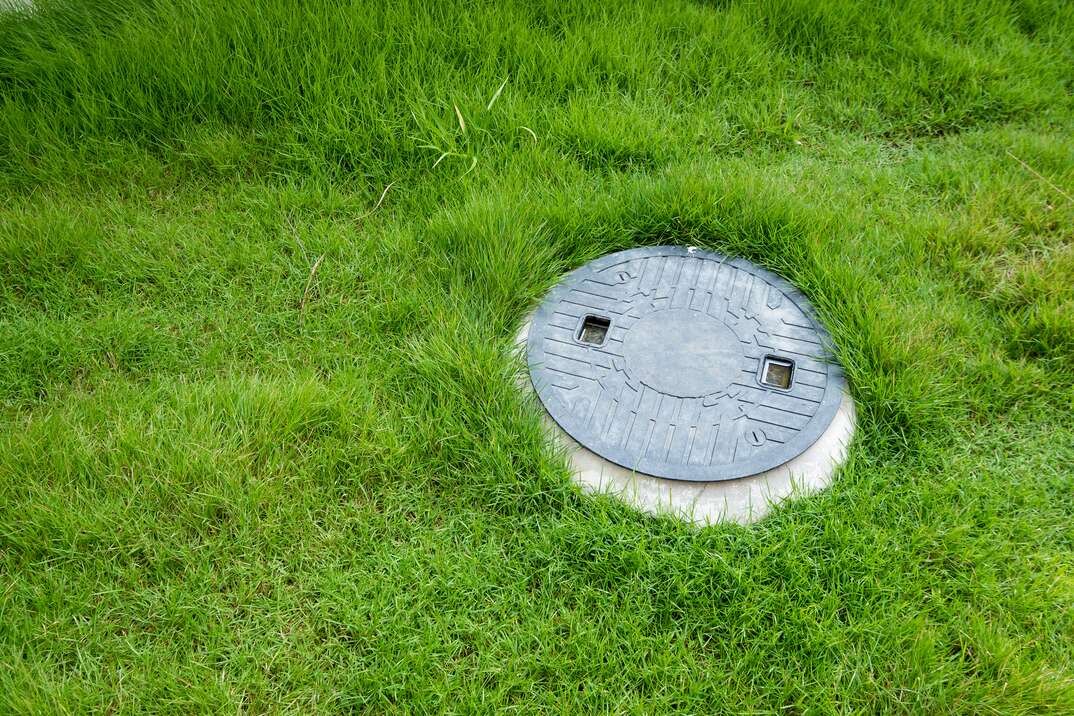How Do You Find Your Septic Tank?

If you live in a rural area, or if your home is on several acres, you probably have a septic tank in lieu of being connected to a city sewer system. You know you’re supposed to have your tank pumped every few years to prevent nasty overflows — but perhaps it’s been so long you’ve also forgotten where in the yard it’s buried. Uh oh.
This May Also Interest You: How Often Should I Pump My Septic Tank?
Playing hide and seek with your septic tank? Here are three different methods you can use to find it.
1. Check the Records
Your county’s property records (usually kept with the county property surveyor or health department’s sanitation officer) may offer the easiest answer. Most property records contain a diagram that shows the exact location of the septic tank along with the dimensions of the tank and its related lines. This information, plus a map of the septic tank’s location, was also included in the inspection paperwork that came with your house at the time you purchased it.
2. Do Your Own Legwork
If you can’t get your hands on a map of your property’s septic tank, you may have to work a little harder to find it. Start by following the sewer pipes leading from the home. Typically, you can find the pipes in the basement. Look for a 4-inch pipe that leads out to the septic system through a basement wall or the crawlspace. Once you’ve located the pipe, use a soil probe to trace the line away from the home and find the tank.
How far down is a septic tank? In most states, 4 feet is the requirement for burial. Keep in mind that most tanks are placed from 10 to 25 feet from the house. When the probe strikes flat polyethylene, fiberglass or concrete, you've found it.
3. Look for Visual Evidence
With most septic tanks, there are visual cues that indicate where the tank is installed. Although most installations are inconspicuous by design, with the passage of time, grass may be greener and grow faster near the tank. There may be bare patches of grass too — but that indicates a problem with the tank burial.
Most tanks measure around 8 feet by 5 feet and are shaped like a rectangle. Unless you’re present when your tank is installed, though, you’ll probably never see more than just the opening that allows access for septic tank pumping.
More Related Articles:
- How Much Does a Septic Tank System Cost?
- What’s the Difference Between Septic and Sewer?
- How to Keep Septic Tank Pumping Costs to a Minimum
- 3 Signs of Sewer and Septic Issues
- Never Flush These 11 Things Down Your Toilet
Why Do I Need to Know Where My Septic Tank Is?
Beyond the fact that all septic tanks eventually need to be pumped out to remain functional, there are several other reasons you should know where yours is located. If you know where your septic tank is:
- You can avoid building anything on top of it or placing heavy items over it. For instance, you don’t want to erect an above-ground pool over the location of your septic tank or park a car there. This might damage your unit.
- You can make better landscaping choices. Infiltration of tree roots, for example, can cause major septic tank problems. If you know where your septic is located, you can avoid plants with deep roots and opt for shallow-rooted landscape options.
- It’s easier to get septic tank repairs. You can tell your plumbing professional exactly where to start.
Since we’re all home now more than ever, being prepared for unexpected home repairs with a plan from HomeServe is important. Having a plan in place gives you peace of mind knowing that you can simply call our 24/7 repair hotline for covered breakdowns. See what plans are available in your neighborhood.


